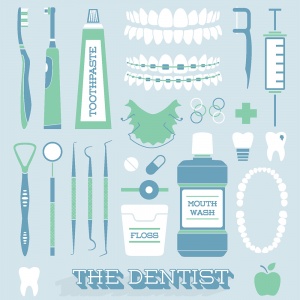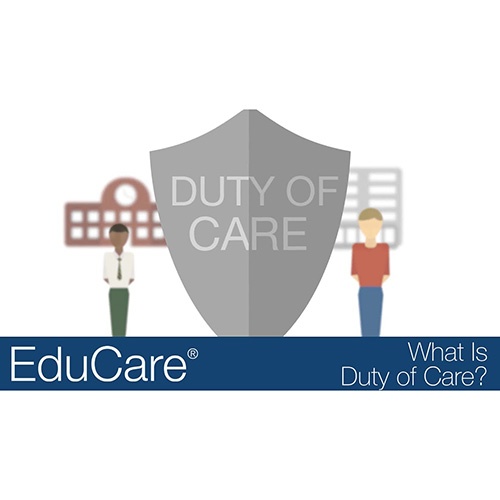The Key Stages of Decontamination

Decontamination is a critical role for every dental practice and there should be an appointed person responsible for it. It should be an integral part of the infection control policy and all members of the team should read, sign and implement the policy.
Your Infection Control Policy
All instruments that have come into contact with oral and other bodily fluids must be thoroughly cleaned and sterilised after use. Even if instruments are selected for a treatment session, but not used, they should be viewed as contaminated.
The key stages of the decontamination process are:
- pre-sterilisation cleaning
- disinfection
- inspection
- sterilisation
- storage
Everyone using or in charge of instruments should look to the manufacturer's recommendations for their decontamination, as it is mandatory that they provide it.
We will now look into the key stages in more detail.
Pre-sterilisation cleaning and disinfection
Used instruments must be thoroughly cleaned by hand, in an ultrasonic bath or using an instrument washer/disinfector before sterilisation. Hand cleaning is the least effective of the options.
By hand – If hand-cleaning is used, thick rubber gloves should be worn and the instruments should be fully immersed in detergent in a deep sink to prevent splashes. A long-handled brush should be used to clean the visible debris off the instruments. All instruments should be carefully visibly scrutinised to ensure they are free from debris. The brush that has been used for cleaning should itself be cleaned and autoclaved regularly and stored dry. Brushes used for this purpose should be replaced weekly.
Ultrasonic cleaners – These cleaners should contain detergent which should be disposed of at the end of every clinical session and more often if necessary. Once the cleaning cycle has been started, it must be left uninterrupted until it has finished. At the end of each day the ultrasonic cleaner should be emptied, cleaned and left completely dry.
Washer/disinfectors – these are the best of all the options for pre-sterilisation cleaning because they include a disinfection phase that makes the instruments safe for handling and inspection, but they do not replace proper sterilisation of instruments. Always follow the manufacturer’s recommendations for use, cleaning and maintenance.
Inspection
After cleaning, instruments should be inspected for cleanliness and checked for damage before sterilisation. If instruments are damaged or still contaminated they should be rejected and re-cleaned.
Sterilisation
The best way to sterilise dental instruments is autoclaving. It should be run at the highest temperature given the load (134-137OC for 3-3.5 minutes). All instruments should be placed in the machine in such a way that steam can freely circulate around them and you should carefully follow the manufacturer’s recommendations for use, cleaning and servicing. Newer models should have an integral printer to allow the user to check that sterilisation values have been achieved and to record and monitor the equipment’s use.
Storage
Sterilised instruments should be stored in clean, dry, covered conditions. The instruments required for a treatment should be selected prior to the session and as previously mentioned, even if they are not used, they should be treated as if contaminated.
This content is taken from our Infection Control for Dental Practices course, part of theEduCare for Health: Dental training package. For more information please get in touch or call us on 01926 436 212.
Return to news
Never miss an update
To receive the latest news and offers, click below
Undertaking CPD is a compulsory part of any dental practice’s registration with the General Dental Council (GDC). Duty of Care is what EduCare's all about. But what is it exactly? Duty of Care means different things to different people, but here's our definition of what it means literally, and what it means for your organisation.Continuing Professional Development (CPD) for dental professionals
Video: What is Duty of Care?
_800.jpg)

